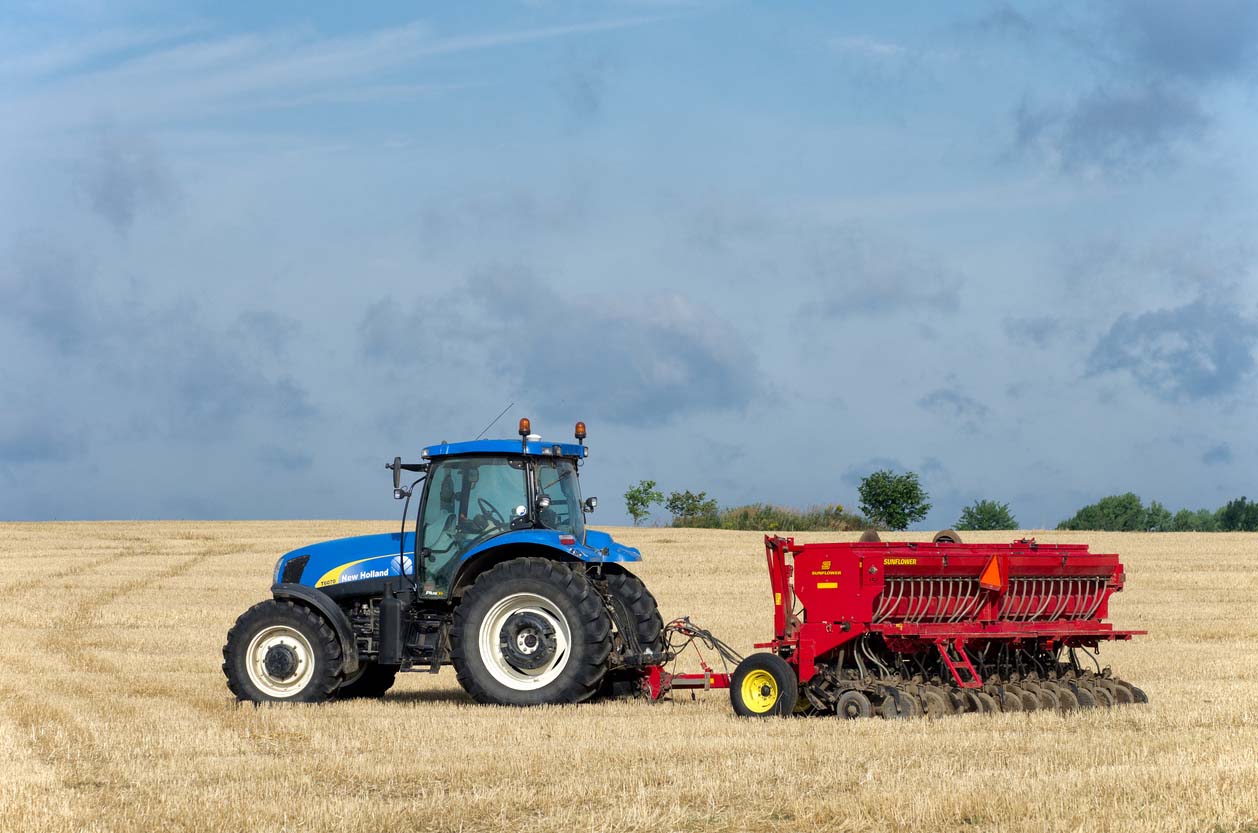Soil Health Management Plans

USDA-NRCS (Natural Resource Conservation Service) is promoting farmers to adapt a soil health management plan for their farms. NRCS defines soil health as “the continued capacity of a soil to function as a vital living ecosystem that sustains plants, animals, and humans.” There are several key concepts. First, soil is alive and teaming with soil microbes and other biological life (earthworms, mites, springtails, etc.). Second, soil has many functions that are critical to our life. Key essential soil functions include: 1) regulating water, 2) sustaining plant and animal life, 3) filtering and buffering potential pollutants, 4) cycling soil nutrients and 5) providing physical stability and support. Soil microbes mediate about 90% of all soil functions. Microbes process all soil carbon and even breakdown rocks to make plant nutrients available. Also, soil microbes are the end-product of most soil organic matter (SOM). Dead microbes become the long-term SOM Soils help control (regulat...




